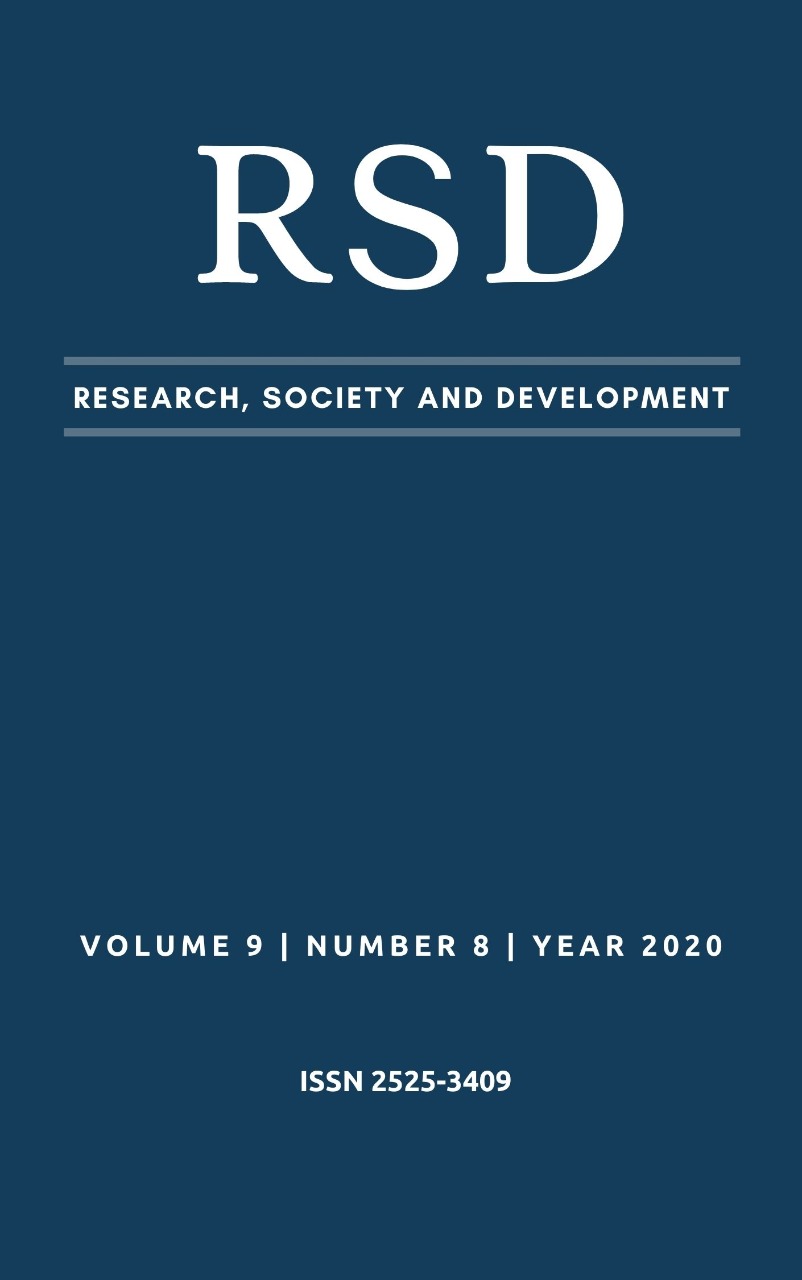Governance structure and public policy supporting productive arrangements: a study in the Bahia information tecnology sector
DOI:
https://doi.org/10.33448/rsd-v9i8.6616Keywords:
Corporate governance, Public policy, Local productive arrangements and systems.Abstract
This article aims to understand how the governance structure avoids the entrepreneurial skills of Information Technology (IT) in Bahia and is able to influence certain characteristics of public policy in support of non-state productive explorations. As a way to confirm the objective, the proposal is followed by the following steps: i) Characterization of the governance structures of companies that did not start from IT in Bahia; ii) Review of bibliography and public policy documents that reveal or encourage any governance structure; iii) Analyze the influence of the governance structure of two IT entrepreneurs on the characteristics of the support provided by public policies. In search of theoretical support from the Nova Institutional Economics (NEI), specifically in Transaction Cost Economics (ECT), we studied Oliver Williamson (1985, 1990, 1996). Through bibliographic, documentary research and analysis of questionnaires it was possible to arrive at the expected results. As a result, it is possible to affirm that Bahian public policy stimulated, in particular, transactions developed through contracts (hybrids) and price mechanisms (market). It was concluded that the governance structure of IT entrepreneurs was able to stimulate public policy to support productive arrangements in Bahia.
References
Borys, B., & Jemison, D. B. (1989). Hybrid arrangements as strategic alliances: Theoretical issues in organizational combinations. The Academy of Management Review, 14(2), 234–249.
Cortina, J. M. (1993). What is coefficient alpha? An examination of theory and applications. Journal of Applied Psychology, 78(1), 98–104.
Fachin, O. (2006). Fundamentos de metodologia. São Paulo: Saraiva, 5ª edição.
Lastres, H. M. M., & Cassiolato, J. E. (2003). Glossário de Arranjos e Sistemas Produtivos e Inovativos Locais. Rede de Pesquisa em Sistemas Produtivos e Inovativos Locais. Recuperado em 20/01/2020 de: http.//www.ie.ufrj.br/redesist.
Ludke, M., & André, M. (1986). Pesquisa em educação: abordagens qualitativas. São Paulo: EPU.
Naretto, N., Botelho, M. R., Mendonça, M. (2004). A trajetória das políticas públicas para pequenas e médias empresas no Brasil: do apoio individual ao apoio a empresas articuladas em arranjos produtivos locais. Planejamento e políticas públicas, (27), jun./dez.
Oliveira, S. L. (2002). Tratado de Metodologia Científica. 2ª edição. São Paulo: Ed. Pioneira Thomson Learning.
Roller, E. (2005). The performance of democracies: Political institutions and public policies. Oxford: Oxford University Press.
Santana, M. B. (2012). Políticas Públicas Estaduais de Apoio a Arranjos Produtivos Locais: o que podemos aprender com o Progredir? Dissertação (Mestrado) – Núcleo de Pós-Graduação em Administração, Escola de Administração, UFBA.SECTI. Governo da Bahia. Programas e Projetos. (2010). Programa de Fortalecimento da Atividade Empresarial – PROGREDIR. Recuperado em 20/03/2020 de http:/ /www.secti.ba.gov.br/programas-projetos/progredir-3
Souza, C. (2006). Políticas Públicas: uma revisão de literatura. Sociologias, Porto Alegre, 16(16), 20-45, jul/dez.
Shugart, M., Haggard, S. (2001). Insitutions and public policy in Presidential Systems. Cambridge University Press, 64-102.
Williamson, O. E. (1985). The economic institutions of capitalism: firms, markets, relational contracting. New York: The Free Press.
Williamson, O. E. (1990). Comparative economic organization: the analysis of discrete structural alternatives. Administrative Science Quartely. 36, 269-296.
Williamson, O. E. (1996). The Mechanisms of Governance. New York, Oxford University Press. 1996.
Downloads
Published
Issue
Section
License
Copyright (c) 2020 Murilo Barreto Santana

This work is licensed under a Creative Commons Attribution 4.0 International License.
Authors who publish with this journal agree to the following terms:
1) Authors retain copyright and grant the journal right of first publication with the work simultaneously licensed under a Creative Commons Attribution License that allows others to share the work with an acknowledgement of the work's authorship and initial publication in this journal.
2) Authors are able to enter into separate, additional contractual arrangements for the non-exclusive distribution of the journal's published version of the work (e.g., post it to an institutional repository or publish it in a book), with an acknowledgement of its initial publication in this journal.
3) Authors are permitted and encouraged to post their work online (e.g., in institutional repositories or on their website) prior to and during the submission process, as it can lead to productive exchanges, as well as earlier and greater citation of published work.


